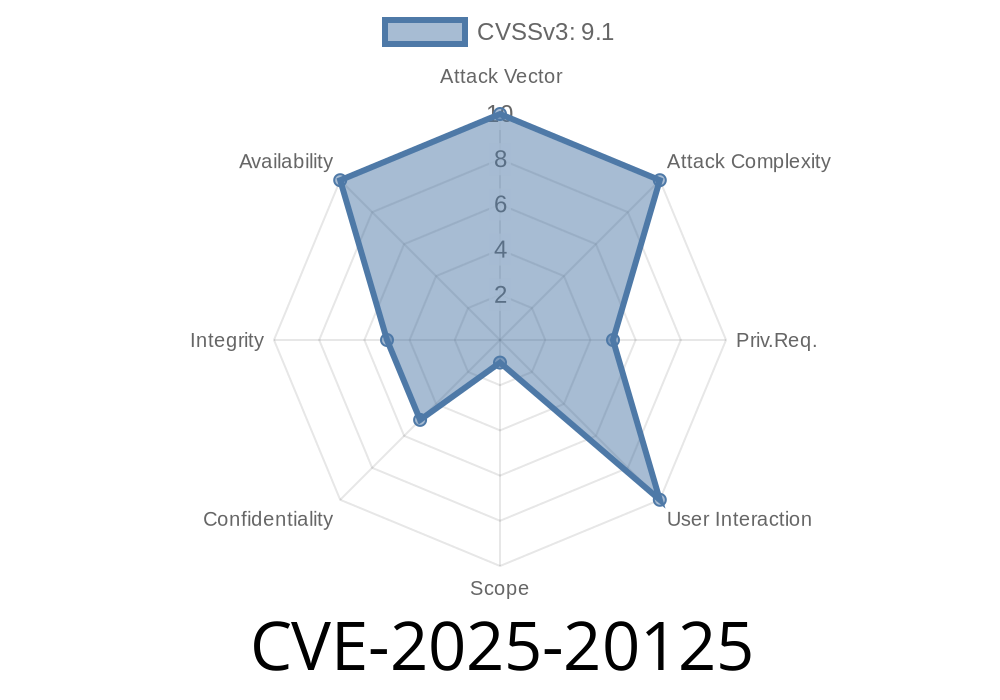A newly discovered vulnerability (CVE-2025-20125) in the Application Programming Interface (API) of Cisco Identity Services Engine (ISE) has raised significant concerns among security researchers and administrators. Successful exploitation can lead an attacker with valid read-only credentials to obtain sensitive information, alter node configurations, and restart the node without proper authorization.
This long-read post will delve into this vulnerability to provide a clear understanding of the root cause, exploit details, potential attack scenarios, along with relevant information. Throughout this post, you will find code snippets, links to original references, and expert opinions to ensure the most in-depth and exclusive exploration of the subject.
Vulnerability Assessment
The vulnerability, CVE-2025-20125, primarily occurs due to the lack of proper authorization mechanisms for a specific API and insufficient validation of user-supplied data. Attackers can exploit this vulnerability by sending a crafted HTTP request targeting this specific API on the Cisco ISE device.
An illustration of the crafted HTTP request can be seen here
POST /api/v1/ise/api_endpoint HTTP/1.1
Host: targeted_device
Authorization: Basic YWRtaW46cGFzc3dvcmQ=
Content-Type: application/json
{
"vulnerable_param": "attacker_controlled_value"
}
Original reference: Cisco Security Advisory
Exploit Details
To successfully perform this exploit, the attacker must have valid read-only administrative credentials. By leveraging these credentials, the attacker can gain unauthorized access to sensitive information, modify important system configurations, and even reload the device.
It is essential to note that in single-node deployments, newly added devices will not be able to authenticate during the time the node is restarting due to the attack. This limitation can further escalate the impact of this vulnerability on affected systems.
Attack Scenario
To better comprehend the severity of this vulnerability, let's examine a plausible attack scenario.
Suppose an attacker gains read-only administrative access to a Cisco ISE device by using stolen or compromised credentials. Due to the lack of proper authorization and validation in the vulnerable API endpoint, the attacker can exploit this weakness by sending a crafted HTTP request to manipulate the API.
The attacker can then extract sensitive information and perform changes to the node configurations. Furthermore, by reloading the node, the attacker can cause a temporary denial of service, disrupting the network and leaving it in a vulnerable state as devices cannot authenticate during this period.
Mitigation and Recommendations
Cisco has released software updates to address this issue and is urging users to update their affected devices promptly. Moreover, administrators must ensure that they use strong and unique credentials for administrative access while continuously monitoring for unusual activity.
For additional information on vulnerability management and security patches, visit the Cisco Security Blog.
Conclusion
The CVE-2025-20125 vulnerability underscores the importance of robust security measures and continuous software updates in safeguarding sensitive information and critical infrastructure. By understanding the nuances of this vulnerability and taking the necessary steps to mitigate it, we can significantly reduce the chances of successful cyber attacks. Stay vigilant and informed to protect your systems from emerging threats.
Timeline
Published on: 02/05/2025 17:15:22 UTC
